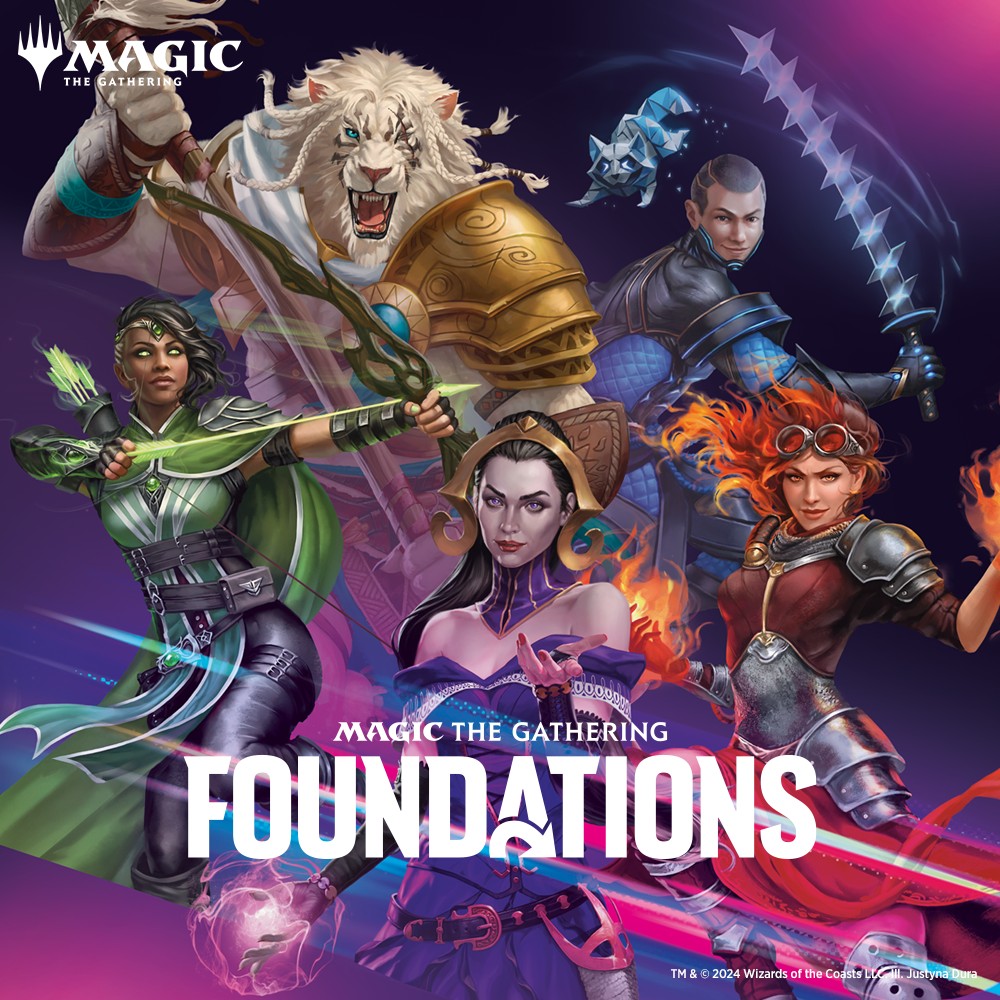EDH, or Commander as Wizard’s of the Coast calls it, has been growing more and more in popularity over the years. Having gone from a homemade kitchen table format to one of WOTC’s most popular staple formats, being continuously supported with new sealed product every year.
What is EDH?
EDH is a format that follows singleton rules, has a deck of 100 cards, and makes use of the seldom used Command Zone in-game. In EDH you have a Legendary Creature, such as Nicol Bolas or Sigarda, Host of Herons to be used as your general or “Commander” (hence the official name of the format). Your Commander stays in the command zone, and can be cast any time they can normally be cast from your hand. Any time they’d be put into a different zone after being cast you may choose to put them back into the command zone instead. They can be recast from there as long as you pay two extra mana for each time they have been put back there. So if your commander costs four mana, was countered once and then died the second time they were cast, you must pay eight mana to cast them a third time. The other 99 cards in your deck are played normally, sometimes with different mulligans depending on your play group. Players start at 40 life, and die if they take 21 or more combat damage from anybody’s (including their own if it was stolen) commander, regardless of life totals.
Why play EDH?
To many new players, EDH looks like a wallet-consuming, unfriendly mess, but it can be a very enjoyable and rewarding experience if you take things in the right direction. While I’m not going to get into specific decklists today, I’m going to explain basic points of the format, while exploring various deckbuilding options and tips.
Tempting Offers, Combined Forces and Politics
These are all things that build the format, EDH is a game that is mostly played in multiplayer, and it’s important to remember what this means. In EDH you can rarely focus on simply your own win conditions, needing to make sure your opponents don’t immediately deem you to be a threat. EDH is like playing a board game with MTG cards, because I find with so many different deck types, budgets, and playing styles that you’ll almost never play the same game twice.
I myself tend to play a very bouncer-like style that relies on threats and blackmail to win. Most of my games involve me saying “don’t mess with me, or I’ll use my Strip Mine on your only Plains.” I build my decks with these scenarios in mind, providing myself with the tools needed to bring myself out of a corner I may occasionally find myself backed in to. Other players may find themselves in a position to make sure everyone benefits from the same things, playing an almost motherly style known as Group Hug. Hug players tend to run spells help out of everybody, sometimes not even providing themselves with a way to win. Cards like Heartbeat of Spring, Howling Mine, and Terra Eternal tend to fit this vibe. Although Group Hug is not beloved by everybody, it’s always fun to watch people fight over the resources they’re being given for free.
Building Your First Deck
Many people build their first EDH deck by buying a sealed Commander deck from Wizards of the Coast (new ones now come out every year) or by picking a Legendary Creature they like and simply building around it. These are not bad ideas, but they are simply not the only ways to do it. Some people will decide upon a theme within a colour they like, build the deck then slap on the most fitting creature. Others may not even decide upon colours right away and simply build around a theme until they have a more specific plan. I think the best deck building approach is when a deck is entirely reliant on the Commander, or not reliant at all.
EDH Archetypes
Despite the extreme creativity in the format, EDH has a few widely known archetypes that may be helpful to know before one picks out their deck. Besides the Group Hug type I have already mentioned, other popular types are Tribal, Voltron, Stax/Group Pain, and Good Stuff.
Tribal decks are hard focused into a certain creature type, and usually end up being extremely aggressive with commanders like Ezuri, Renegade Leader or Krenko, Mob Boss or combo oriented like Azami, Lady of Scrolls or Scion of the Ur-Dragon.
Voltron decks are decks that focus on using Equipment and Auras on their commander and going in for that 21 damage, also known as General Damage. Good Voltron commanders are guys that have Hexproof, or directly benefit from being attached to other permanents. Good examples include Uril, The Miststalker or Thrun, the Last Troll.
Stax and Group Pain are similar decks with different methods. Both plans involve hurting the entire table (including themselves) with the goal of killing off everybody at once. The best general for Stax is often wildly debated but some of the best cards to be playing are Smokestack and Winter Orb. Group Pain is the opposite of Group Hug, it’s like giving somebody a hug while wearing a sweater made of bees, wasps, and glass shards. Hands down the best general for this type is Nekusar, the Mindrazer.
Good stuff decks basically are all spells that do useful things without having massive synergy, but while still following some sort of game plan. This archetype is by no means a bad deck type, however it is difficult to pin down the best commanders/colours for obvious reasons.
Where to Begin?
EDH has a massive card pool with an even more massive pool of ideas, so it’s difficult to pin down EVERYTHING in one article. Starting next week, I will be beginning a series on the format by breaking down the individual colours’ strengths and weaknesses each complete with a sample deck list and primer, before moving on to the philosophies of coloured pairs. Until next time, the best thing to remember that many cards that seem weak in constructed can be powerhouses in EDH, but this is not always the case. So do some research, see what people play, and always remember to have fun!

